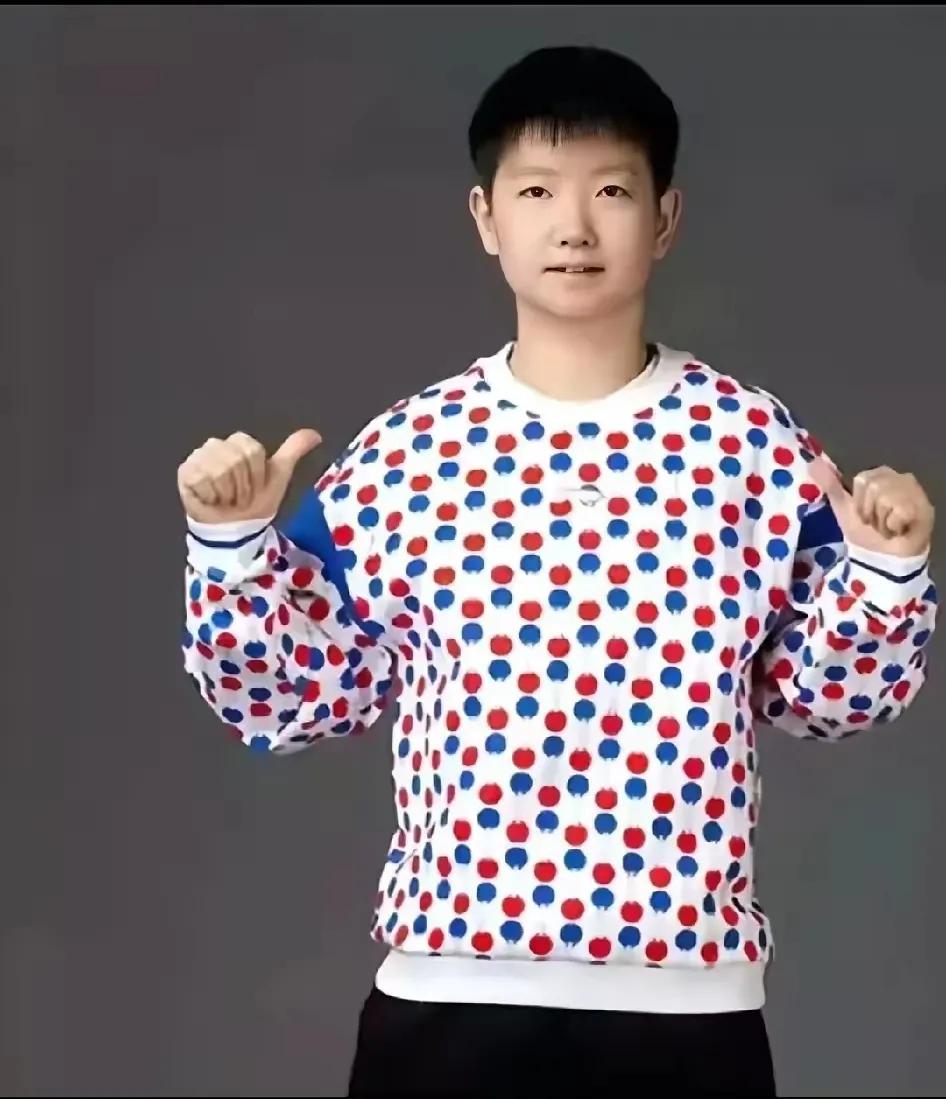In the sports world, an athlete's success is not only reflected on the field but also in their collaborations with brands. A recent example is Anta's announcement that Fan Zhendong would become their personal endorser just before the Paris Olympics. After Fan Zhendong won the men's singles championship, Anta's brand image received a significant boost. At the same time, Li Ning, as the team sponsor for the Chinese table tennis team, provides equipment for multiple players, including Wang Chuqin and Sun Yingsha. However, by comparing the promotional photos released by both sides, we can clearly feel the difference between individual endorsements (personal representation) and team endorsements (team representation).

Anta and Fan Zhendong: The Charm of Personal Endorsements
When Anta decided to sign Fan Zhendong, they obviously invested a lot of resources to ensure that this collaboration could achieve the best results. Whether it's the design of the clothing or the shooting of the promotional photos, there is a sense of professionalism and meticulous attention to detail. Fan Zhendong's photos show him wearing well-designed competition suits that not only conform to the characteristics of table tennis but also have appropriate color matching, highlighting Fan Zhendong's temperament while enhancing the brand image. Such efforts make each newly released photo cause a strong response from fans, enhancing the brand's market influence.

Li Ning and the National Table Tennis Team: The Limitations of Team Endorsements
In contrast, although Li Ning is the official sponsor of the national team and is undoubtedly superior in technology and quality, it seems to lack some personalized considerations when it comes to promoting individual athletes. For example, the competition suits provided to Wang Chuqin and Sun Yingsha have distinct table tennis elements, but the colors are too dense and the patterns are complex, which affects the overall aesthetics. Moreover, the quality of the promotional photos is not satisfactory, failing to fully showcase the unique charm and personal style of the athletes. Wang Chuqin's photo appears somewhat restrained, while Sun Yingsha's photo feels unnatural, which undoubtedly weakens the effectiveness of brand image communication.

Team Endorsement vs. Personal Endorsement: Analysis of the Underlying Reasons
The fundamental reason for this difference lies in the different positioning of personal and team endorsements. For brands, personal endorsements mean that they can provide in-depth customized services for a star athlete, thereby maximizing the use of their personal influence. In the case of team endorsements, however, since the needs of multiple athletes need to be considered, it is often difficult to give the same high level of attention and support to each individual. Therefore, although Li Ning provides high-quality equipment for the entire team, there is inevitably a lack in individual display.
Finally, the editor wants to ask: Do you think brands should pay more attention to personalized services when choosing endorsers? Or do you have other opinions? Everyone's perspective is unique, so feel free to share your thoughts in the comments.
The above content and materials come from the Internet. The author did not target any specific country, political system, organization, race, or individual when writing this article. The data and theories involved are based on online materials, and the author does not guarantee the correctness of the laws, rules, opinions, and behaviors in the article content, nor does the author take responsibility for the authenticity of the materials. The author declares that he/she will not be responsible for any problems caused or related to this article, including direct or indirect legal responsibilities. Statement: Original content, strictly prohibit plagiarism and rewriting. If there are any infringing pictures, please contact us to delete them.